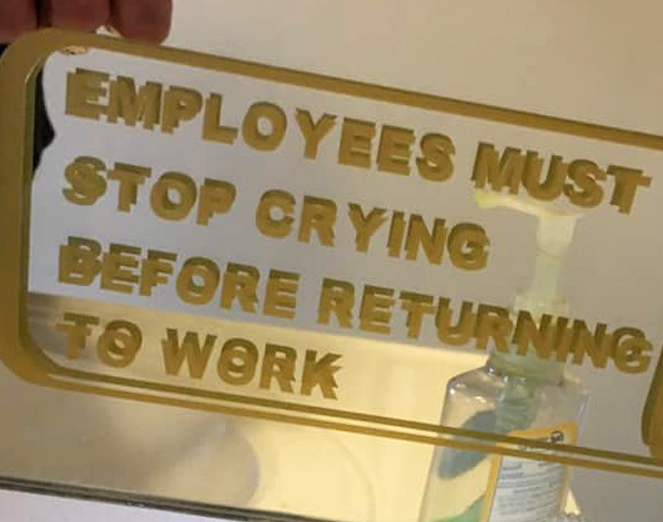

Blockchain isn’t really a great storage mechanism for large files, it is good for small transactions/records. This is why most NFTs are just links to content instead of storing the content in the blockchain itself. It is possible to store that data in the chain but you usually pay transaction fees based on the size of that data. To store the data in the chain everyone participating in the chain would need a full copy of every video posted which isn’t really feasible long term.
It is also nearly impossible to moderate. i.e. how do you remove illegal CSAM content from something that is designed to be immutable.
So storing data like this is just not the right use case for blockchain.
Someone could create a site based on a blockchain where you distribute links to videos, but those links would still need to be stored somewhere else. You really aren’t gaining much beyond just hosting the content yourself.
The only valid use case would be if you are attempting to avoid government influence that might try to modify your content later, or able to prove that you are the one posting the content. You could use the blockchain to post a link to a video and the hash of the file to verify it is the correct file, then anyone with access to the chain would have a record of who posted it and a way to validate that the content hasn’t been modified.
There are federated options like PeerTube that are close to what you want but without the blockchain issues.















Same here. I have three models of Zebra printers and they were all pretty much plug and play with Linux.